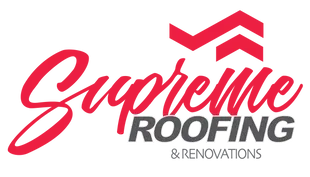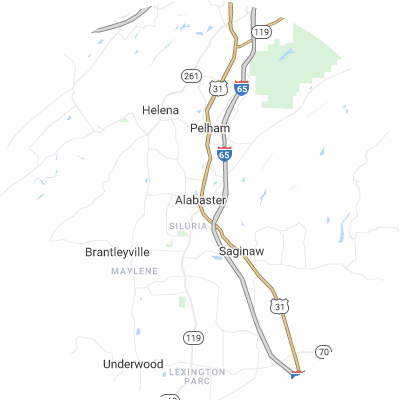Signs You May Need Gutter Guards
Although gutter guards aren't always needed, the symptoms of blocked gutters are typically clear. Signs of chronic gutter issues include:
- Soggy ground or visible erosion around your house's foundation
- Frequent clogs that cause overflow and water to spill over gutters
- Leaky seams or joints where water leaks from the gutters
- Visibly saggy, damaged, or misaligned gutters that no longer correctly direct rainwater
- Mold growth, peeling exterior paint, or interior water stains on walls near gutters.
How To Choose a Gutter Guard Installer
Assess Their Experience
Look for an experienced gutter guard installation company that has been in business for several years and has installed a wide variety of guard types and models. These companies know how to properly measure and handle the installation of gutter guards on your unique home setup. Inquire how long they’ve been installing guards and request local referrals.
Verify Proper Licensing and Insurance
Confirm that the businesses you're considering have valid licenses, bonding, general liability insurance, and workers compensation coverage. This shields you in case of any injury or accident that could arise. Ask potential providers for current licensing and insurance papers.
Choose Reputable Brands
Seek out companies that offer tenured and trusted gutter guard brands such as LeafFilter and Gutter Helmet. Be wary of companies that only carry generic no-name or their own off-brand guards, as these likely have not undergone the same rigorous testing as major brands.
Seek Custom Fit Services
For top performance, guards should be sized and trimmed on-site to fit your gutters. Select a company that takes specific measurements and does custom cutting for guards for your home rather than using one-size-fits-all guards. Properly fitted guards won't have any gaps where debris can get trapped.
Examine Warranties
Leading gutter guard installers typically offer 20-year or lifetime warranties covering rust, leaks, clogs, and other problems. Before selecting a company, carefully review the warranty terms for materials and workmanship guarantees. Warranties are the most effective means of protecting your gutter investment.
Check Reviews and Referrals
Be sure to check online reviews on the Better Business Bureau (BBB), Google Reviews, Yelp, and other review sites to read about customer experiences. Ask neighbors for recommendations of quality local gutter guard companies. When researching providers, it's best to select companies with consistent positive feedback instead of just one or two reviews.
Types of Gutter Guards
The six typical types of gutter guards are as follows:
- Foam guards are light and easy to install. The foam collects debris and keeps it out of your gutter. On average, you can expect to spend $2.47 per linear foot for foam guards.
- Brush guards are made of large brush bristles that sit inside your gutters, allowing water to pass through while catching debris. Brush guards cost around $4.05 per linear foot.
- Screen guards have large holes that allow water to pass through while stopping debris. On average, you can expect to spend $4.48 per linear foot for screen guards.
- Mesh guards have smaller holes than screen guards and similarly catch debris while allowing water to filter through. These guards are durable and let debris slide off rather than sit on your gutters. On average, you can expect to pay $4.20 per linear foot for mesh guards.
- Micro-mesh guards have even smaller holes than mesh guards and let even less debris into your gutters than mesh. These guards are extremely effective. On average, you can expect to spend $5.27 per linear foot for micro-mesh guards.
- Surface tension guards, sometimes called reverse curve guards, use surface tension to encourage debris to slide off while water flows through into the gutter. They are often visible from the ground. On average, you can expect to pay $3.29 per linear foot for surface tension guards.












